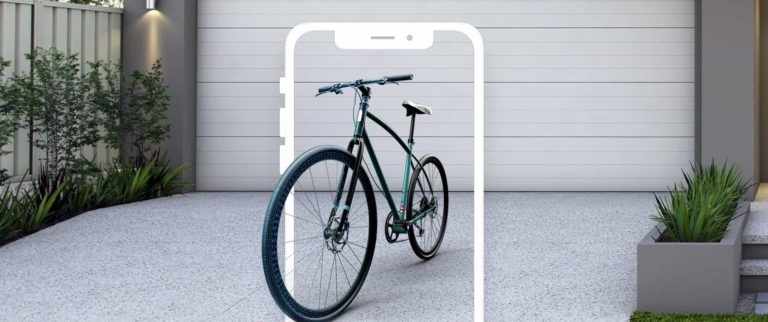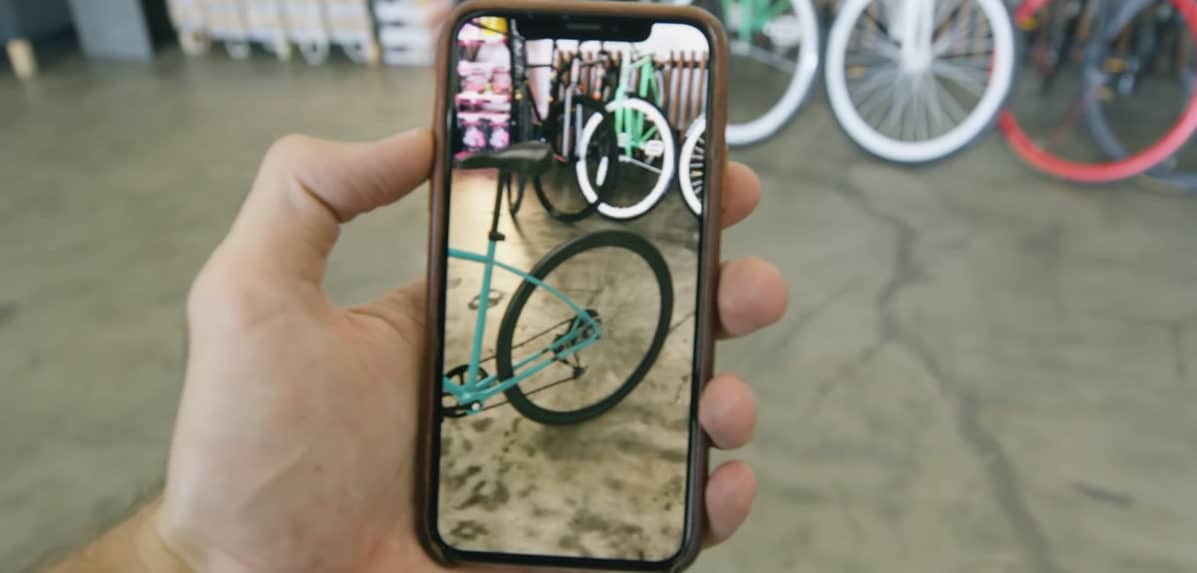
Data Point of the Week is ARtillry’s weekly dive into data from around the XR universe. Spanning usage and market-sizing data, it’s meant to draw insights for XR players or would-be entrants. To see an indexed archive of data briefs and slide bank, subscribe to ARtillry Pro.
During Apple’s WWDC, the company announced AR Quick Look. This builds on one of AR’s most promising and monetizable use cases — product visualization — by making it more accessible to users in mobile browsers. And it’s accessible to developers using the new USDZ file format.
As background, AR product visualization like IKEA and Houzz let users impose positionally-tracked 3D models of products in their space. It works well for items with variability (think: sizes, colors, etc), as well as large items that are otherwise hard to visualize and fit in one’s home.
The latest move to democratize this capability is Quick Look. And the latest company to adopt it is Shopify. The company announced that it will integrate Quick Look into its pervasive e-commerce suite, thus bringing it to 600,000 businesses and effectively lowering AR adoption barriers.

Of course, there are a few drawbacks. For one, Quick Look only works on the Safari mobile browser, which cuts down the addressable market a bit. For example, PureCycles reports that 50 to 60 percent its site visitors are mobile, and 70 percent of those use Safari.
And though USDZ has a democratizing effect on 3D asset creation, its still a proprietary file format which will have some compatibility hurdles in early days. On the bright side, USDZ integrates directly with Adobe Creative Suite which is a fairly ubiquitous design tool.
That last part is key. Though Quick Look just got a boost in terms of addressable market, how many of those 600,000 Shopify businesses — many of them SMBs — have the design capability to build 3D renderings of their catalogs? This is a challenge that goes well beyond just Shopify.
In fact, one AR business opportunity we project is digital creation, indexing and distribution of 3D assets. Think of it like the Getty images for AR components. We’ve seen some movement in this direction such as Sketchfab and Google Poly, though the latter is mostly artistic content.

Where this will really find commercial appeal is with retail products. There are already home-grown efforts with the product visualization leaders so far like IKEA and Wayfair. But what about the long tail: 3D assets for consumer packaged goods at places like Walmart.
Still, Shopify’s move is a step forward for AR commerce. This will continue to be a slow process of consumer and retailer acclimation. It’s a classic chicken and egg dilemma — retailers aren’t motivated to invest in AR when consumers aren’t yet clamoring for it… and vice versa.
But when it comes to the flavor of AR that will resonate, we believe it will be some of the more mundane or utilitarian functions that pull ahead. That plus use cases that are inherently high-frequency activities (like visual search). Product visualization ticks most of those boxes.
And if there’s anything that will jumpstart the chicken and egg dilemma, it’s businesses taking the lead on adopting tools like Quick Look. And they’ll need a business case to do so. Fortunately, we’re already seeing just that, with companies like Houzz reporting clear lifts in conversion rates.
For deeper XR data and intelligence, join ARtillry PRO and subscribe to the free ARtillry Weekly newsletter.
Disclosure: ARtillry has no financial stake in the companies mentioned in this post, nor received payment for its production. Disclosure and ethics policy can be seen here.
Header image credit: Shopify
